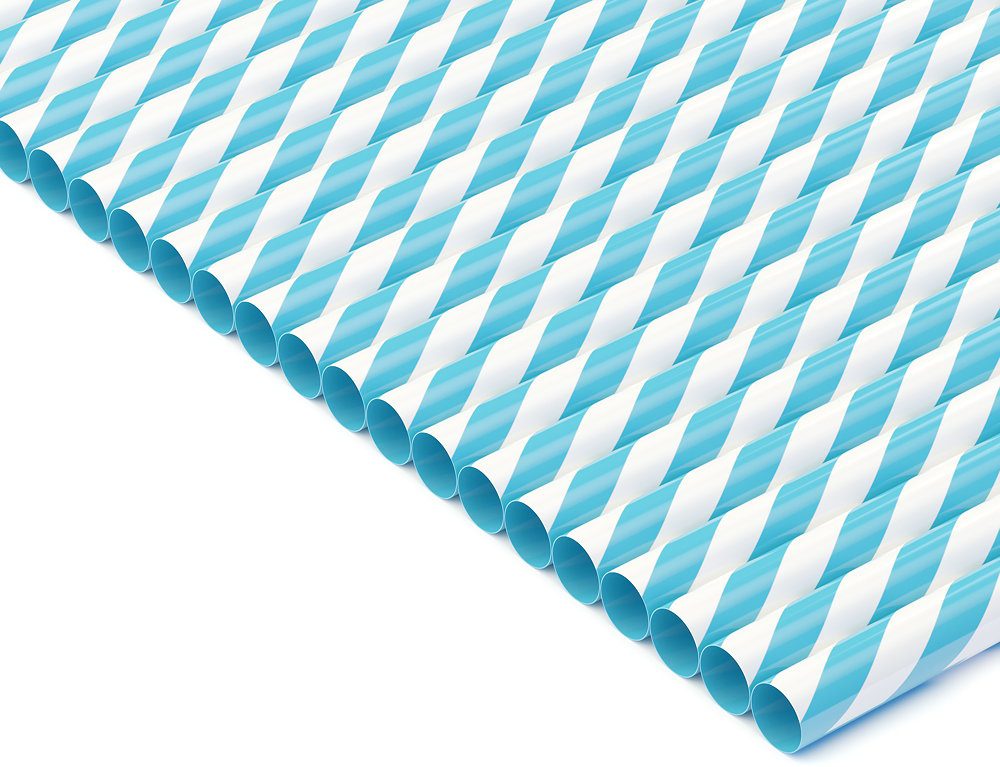All About Marlex® Plastic
Introduction – what is Marlex?
Marlex® is a trade name owned by Chevron Phillips Chemical. The Marlex name covers a range of plastic products in the polyolefin family. More specifically, Marlex spans a range of polyethylene (PE) types as well as polypropylene (PP) products. Some of the first and highest profile applications for Marlex PE were in the Wham-O Inc Hula Hoop and Frisbee.
As recently as 2020, Chevron Phillips Chemical applied for the Marlex Anew trade name to describe a range of recycled / reclaimed PE, PP and also polystyrene (PS) plastic products.
This Marlex page is for information only – Phantom Plastics does not make, sell or distribute Marlex, or any plastic materials.
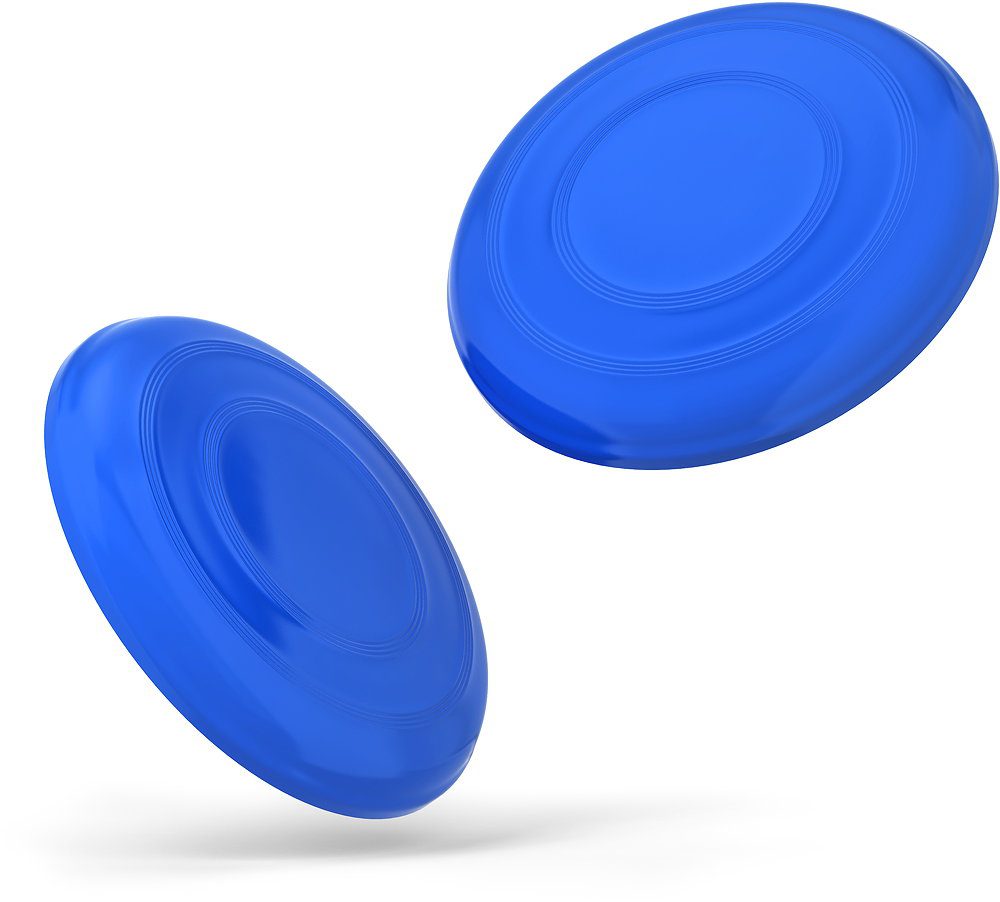
Marlex Polyethylene (PE) – properties & applications
Marlex® 1003, 1007, 1009, 1013, 1017, 1018, 1019, 1023, 1122, 1122B, 1412, 4517, 4538A and 4553 are some of the low density polyethylene (LDPE) products listed.
Marlex® 7104, 7105D, 7109, 7109DJ, 7109DL, 7109FJ, 7109M, 7120B, 7120X and 7235 are some of the linear low density polyethylenes (LLDPE) listed.
Marlex® C300, D350, HHM TR-130, HHM TR-131, HHM TR-305 and HHM TR-408Q are some of the medium density polyethylenes (MDPE) outlined in the range.
Marlex® 9004, 9005, 9006, 9012, 9018, 9035, 9346, 9398, 9503H and 9512H are some of the high density polyethylene (HDPE) grades mentioned.
Marlex® HGX-030SP, HGZ-120SP and HLS-080SP are the only polypropylene (PP) grades currently listed. The infamous Marlex HGX-030-01 grade was discontinued years ago (more about the Marlex HGX-030-01 grade on the dedicated Marlex® Medical Mesh page).
A more complete list of Marlex grades can be found at the Omnexus/SpecialChem website.
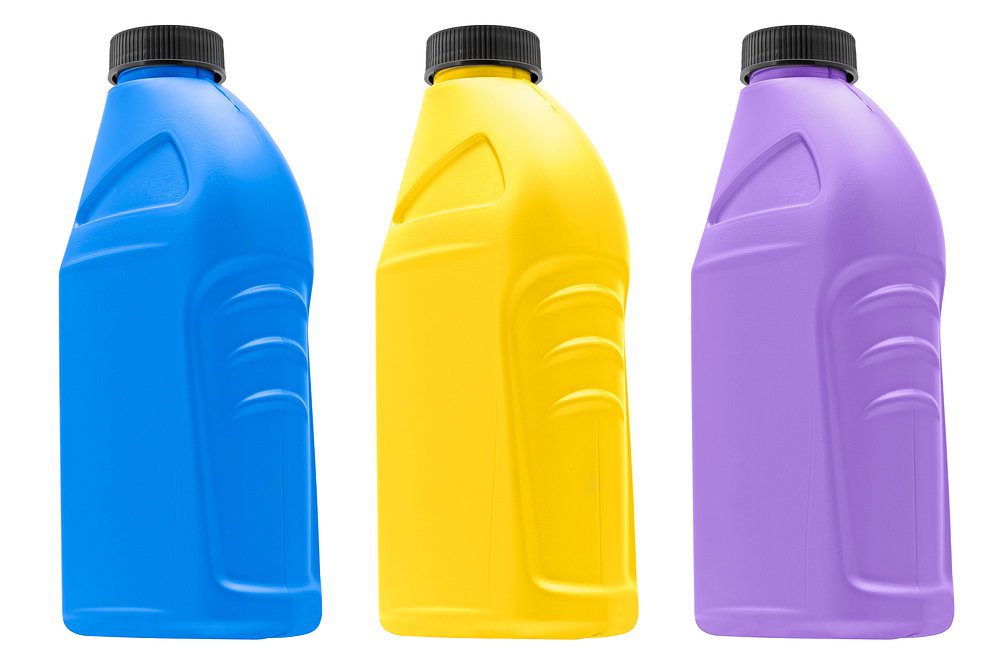
How Important are Polyolefins Like Marlex in Terms of Market Share?
Polyolfins are some of the least expensive materials and they cover a wide range of mechanical properties, so they are used in a vast array of applications. In total, polyolfins like Marlex account for over half (>55%) of all plastic materials sold today.
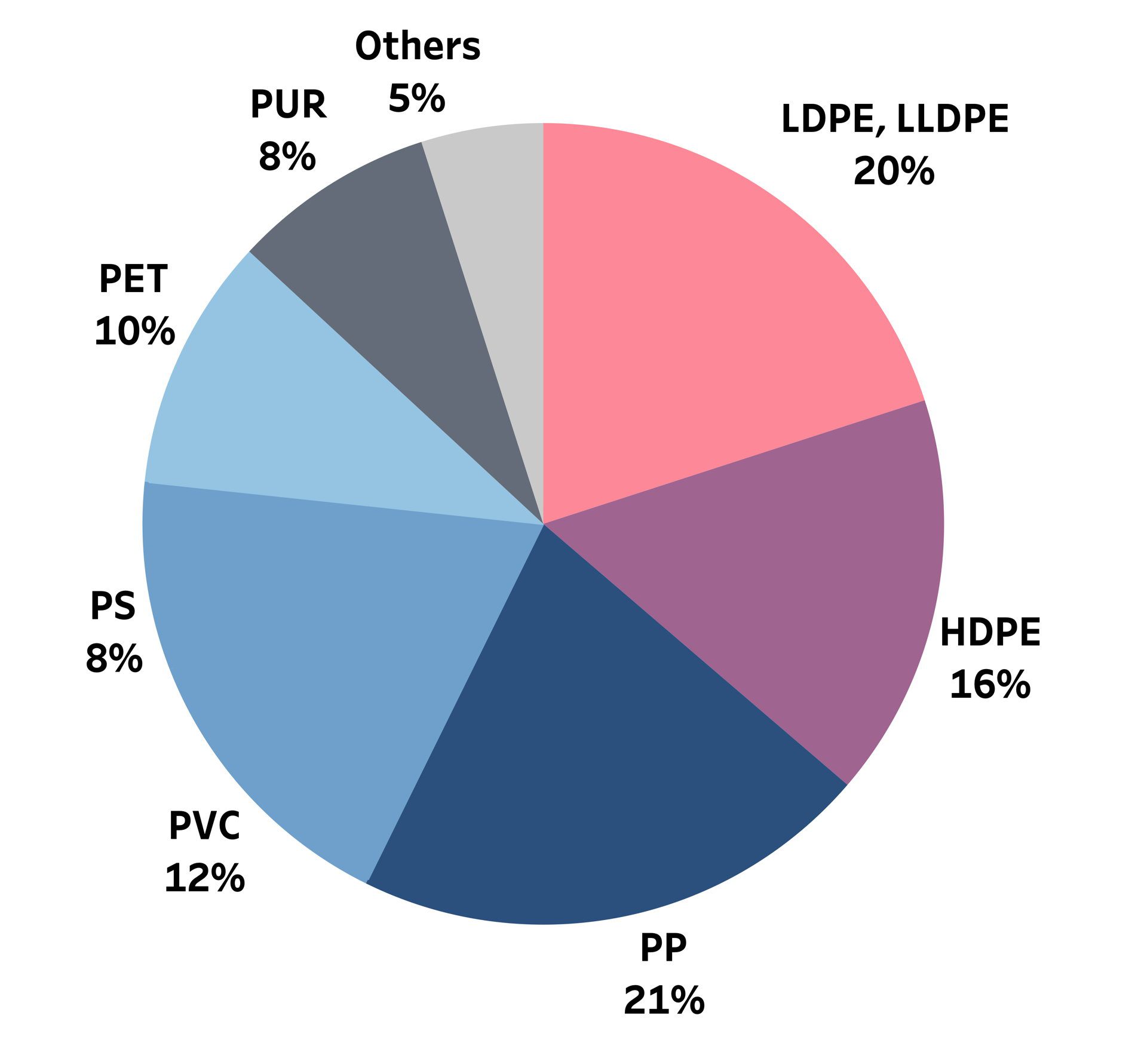
Properties & Applications of LDPE, MDPE & HDPE Compared
If you wonder why one would choose one type of Marlex over another, then the following table may help. As we move from LDPE to MDPE then HDPE the crystallinity and therefore the density of the polyethylene increases progressively. Not only does increasing the crystallinity of PE mean a higher density, but the material properties change as well. LDPE is softer, MDPE is somewhat stiffer and HDPE is stiffest of all because crystals have higher modulus than the non-crystalline (amorphous) phase. While increases crystallinity boosts modulus, it also creates a more brittle material, so the elongation to break and impact resistance both decrease.
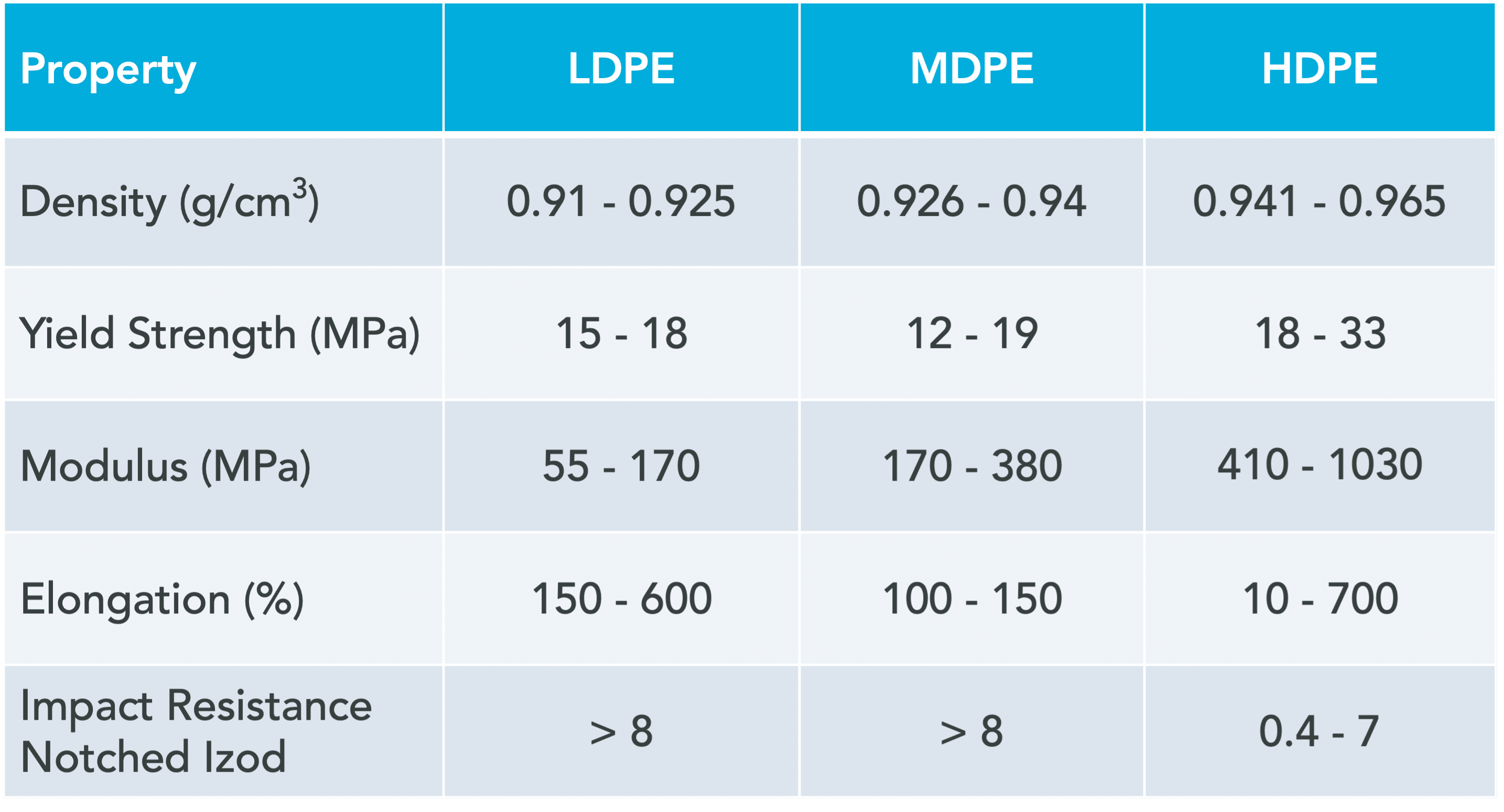
What Kind of Products are Made from Marlex?
There are so many grades of Marlex because each is adapted to suit different end uses.
Marlex® LLDPE – geomembranes, sheet, blown film for bags and packaging.
Marlex® LDPE – housewares, tamper-evidence medical caps, food packaging, laminated paper products.
Marlex® MDPE – geomembranes, blown film, packaging and stand-up pouches with high gloss.
Marlex® HDPE – injection molded toys, drums, pails, trash cans, patio furniture, as well as shampoo and cosmetics containers.
Marlex® PP – injection molded parts, bottle caps with living hinges, blow and cast films and tapes including bag, rope, cordage, woven carpet backing, woven geotextile fabrics and large molded parts.
The Safety of Marlex Polyolefins
Polyolefins like PE and PP are generally considered to be rather safe products. We eat our food from PE and PP containers and we drink from PP straws. There is a long track-record of successful applications. Low amounts of additives are used to protect the plastics from degradation in use, either from oxygen or from UV light (e.g. sunlight). The safety for any individual application can only be determined by extensive testing. One particular grade of Marlex has been used for medical mesh implanted for hernia and vaginal repair. This led to a huge class-action lawsuit in which I was an expert on Marlex mesh material.
Environmental Impacts of Polyolefins like Marlex
Lifecycle analysis (LCA) is the only widely accepted way to verify the relative green credentials of different materials in specific applications. It is a standardized method and peer-reviewed to prevent possible bias.
Lifecycle analysis reveals polyolefins like Marlex to be some of the very greenest materials we use. For example, there are 27 LCA studies worldwide on grocery bags and every one of them concludes that the PE plastic bags causes least harm, so replacing it with paper, cotton or other plastics actually increases overall harm. Polypropylene was found to be the greenest option for bank notes and drinking straws, although of course, it is best just to say no to straws altogether.
Is it true that plastics like PE and PP are slow to degrade? Online people tell us that it takes hundreds of years, but scientists know better. In fact, scientists have spent decades measuring the rapid degradation of polyolefins and trying to prevent it by developing additives called stabilizers or antioxidants. Although those additives do help, PE and PP still degrade too rapidly. A plastic bag crumbles to pieces within a year outdoors for example.
More information on the environmental aspects of polyolefins and other plastics on this page and more on degradation of plastics including polyolefins on this page.
Conclusions
Polyolefins like Marlex PE and PP are some of the least expensive and versatile plastics we have. They are used in countless applications and make our lives easier. Best of all they turn out to be some of the greenest materials as well when you look at the lifecycle analysis data. New developments include reclaiming and recycling plastics, exemplified by the new Marlex® ANEW brand as well as the creation of PE and PP from renewable feedstocks to replace the use of oil.
Marlex® is a registred trademake of the Chevron Phillips Chemical.
